-
 Bitcoin
Bitcoin $119600
0.87% -
 Ethereum
Ethereum $4290
1.45% -
 XRP
XRP $3.201
-0.02% -
 Tether USDt
Tether USDt $0.0000
-0.01% -
 BNB
BNB $808.8
0.81% -
 Solana
Solana $177.9
-2.52% -
 USDC
USDC $0.9999
0.01% -
 Dogecoin
Dogecoin $0.2307
-1.44% -
 TRON
TRON $0.3445
1.50% -
 Cardano
Cardano $0.7918
-1.64% -
 Hyperliquid
Hyperliquid $43.77
-2.82% -
 Chainlink
Chainlink $21.54
-2.97% -
 Stellar
Stellar $0.4416
-0.67% -
 Sui
Sui $3.711
-4.08% -
 Bitcoin Cash
Bitcoin Cash $589.2
3.28% -
 Hedera
Hedera $0.2509
-3.44% -
 Ethena USDe
Ethena USDe $1.001
-0.02% -
 Avalanche
Avalanche $23.44
-1.96% -
 Litecoin
Litecoin $124.6
0.94% -
 Toncoin
Toncoin $3.410
2.06% -
 UNUS SED LEO
UNUS SED LEO $9.030
0.06% -
 Shiba Inu
Shiba Inu $0.00001320
-2.68% -
 Uniswap
Uniswap $11.41
4.29% -
 Polkadot
Polkadot $3.930
-3.63% -
 Cronos
Cronos $0.1682
3.46% -
 Dai
Dai $1.000
0.00% -
 Ethena
Ethena $0.7936
2.17% -
 Bitget Token
Bitget Token $4.427
-0.52% -
 Monero
Monero $269.6
0.01% -
 Pepe
Pepe $0.00001158
-4.09%
How are blocks linked together in a blockchain?
Each block in a blockchain contains the cryptographic hash of the previous block’s header, creating a secure, unbreakable chain that ensures data integrity and immutability.
Aug 10, 2025 at 12:42 pm
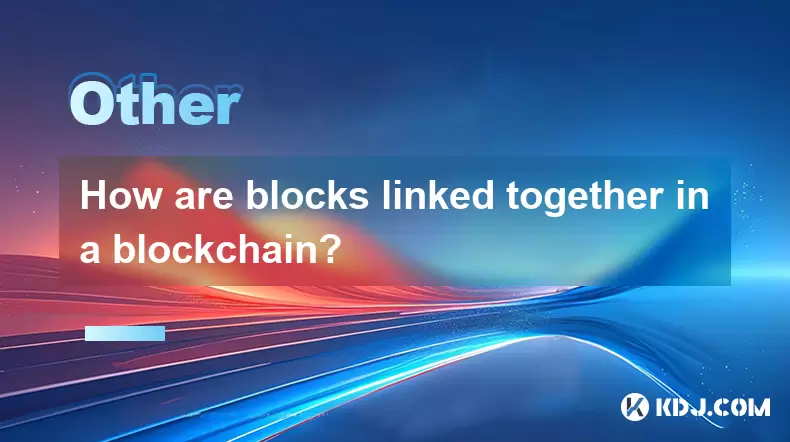
Understanding the Structure of a Blockchain
A blockchain is a decentralized and distributed digital ledger that records data across multiple computers in a secure and tamper-resistant manner. At its core, a blockchain is composed of a series of blocks, each containing a list of transactions or data entries. These blocks are not standalone entities—they are cryptographically linked to form a continuous chain. This linkage is what gives the blockchain its integrity and immutability.
Each block in the chain contains several key components: a block header, transaction data, a timestamp, and a reference to the previous block. The most critical element that enables the linking mechanism is the hash of the previous block’s header. This hash acts as a unique digital fingerprint and is embedded into the current block, creating a backward reference. As a result, any change in a prior block would alter its hash, which would invalidate all subsequent blocks unless they are re-mined or re-validated.
The Role of Cryptographic Hashing
Cryptographic hashing is fundamental to how blocks are connected. A hash function—such as SHA-256 used in Bitcoin—takes input data of any size and produces a fixed-size output, typically a 64-character hexadecimal string. This output is deterministic, meaning the same input will always produce the same hash, and even a minor change in the input results in a completely different hash.
In the context of blockchain:
- Each block’s header is hashed to produce a unique identifier.
- This hash is then included in the next block’s header.
- This creates a backward chain of dependencies.
For example, Block 2 contains the hash of Block 1 in its header. Block 3 contains the hash of Block 2, and so on. This structure ensures that altering any block would require recalculating the hashes of all subsequent blocks, which is computationally infeasible in a well-secured network due to the proof-of-work or other consensus mechanisms.
Block Headers and Their Components
The block header is a critical part of each block and contains metadata necessary for linking and validation. It typically includes:
- Previous block hash: The hash of the immediately preceding block’s header.
- Merkle root: A single hash representing all transactions in the block, ensuring transaction integrity.
- Timestamp: The time when the block was created.
- Nonce: A random number used in proof-of-work mining.
- Version number: Indicates the block’s format and rules.
The inclusion of the previous block hash is what establishes the chronological and cryptographic sequence. When a new block is mined or validated, nodes verify that the previous block hash matches the actual hash of the last confirmed block in the chain. If it doesn’t, the block is rejected. This verification process is automatic and enforced by the network’s consensus rules.
How New Blocks Are Added to the Chain
The process of adding new blocks varies depending on the consensus mechanism—proof-of-work (PoW), proof-of-stake (PoS), or others—but the linking principle remains consistent. Here’s how it works in a typical PoW system like Bitcoin:
- Miners collect unconfirmed transactions and form a candidate block.
- They calculate the Merkle root of these transactions and include it in the block header.
- They retrieve the hash of the latest block in the main chain and insert it into the new block’s header.
- Miners then begin solving a cryptographic puzzle by adjusting the nonce to find a hash that meets the network’s difficulty target.
- Once a valid hash is found, the block is broadcast to the network.
- Other nodes verify the block’s validity, including the correctness of the previous block hash.
- If valid, the block is appended to the chain.
This process ensures that every new block explicitly acknowledges and builds upon the existing chain, reinforcing the sequence and security.
Immutability and Chain Integrity
The cryptographic linkage between blocks is what makes a blockchain immutable. Because each block contains the hash of the one before it, changing any data in an earlier block would change its hash. This would break the link with the next block, which still contains the old hash. To correct this, an attacker would need to re-mine all subsequent blocks, which requires an enormous amount of computational power—especially in large networks like Bitcoin.
Moreover, the longest valid chain is considered the authoritative version of the ledger. Nodes automatically reject chains that deviate from this rule. This means that even if someone attempts to create a fraudulent branch, it will not be accepted unless it surpasses the length and proof-of-work of the main chain—a scenario known as a 51% attack, which is extremely difficult and costly to execute.
Handling Chain Forks and Consensus
Occasionally, two miners may solve the puzzle at nearly the same time, resulting in two valid blocks referencing the same parent. This creates a temporary fork in the chain. The network resolves this by following the rule that the longest chain (the one with the most accumulated proof-of-work) is the valid one.
Nodes continue building on whichever branch they receive first. Eventually, one branch becomes longer as more blocks are added to it. When this happens:
- Nodes on the shorter branch detect the discrepancy.
- They discard the shorter chain’s blocks (except for transactions, which may be re-included).
- They switch to the longer, valid chain.
This mechanism ensures that even in cases of temporary divergence, the blockchain maintains a single, agreed-upon history. The previous block hash in each new block ensures that only one continuous path can be sustained over time.
Frequently Asked Questions
What happens if someone changes a transaction in an old block?
Altering a transaction changes the block’s data, which alters its hash. Since the next block contains the original hash, the link breaks. To make the change valid, the attacker must re-mine the altered block and all subsequent blocks, which is practically impossible in a secure network.
Can two blocks have the same previous block hash?
Yes. During a temporary fork, two different blocks may both reference the same previous block. However, only one can remain in the final chain once consensus is reached.
Is the first block in the chain linked to another block?
No. The first block, called the genesis block, does not have a previous block hash. It is hardcoded into the blockchain software and serves as the foundation of the entire chain.
How do nodes verify the previous block hash?
Nodes independently compute the hash of the last block in their local copy of the chain. When a new block arrives, they compare its stated previous block hash with their computed value. If they match, the block is considered valid for linking.
Disclaimer:info@kdj.com
The information provided is not trading advice. kdj.com does not assume any responsibility for any investments made based on the information provided in this article. Cryptocurrencies are highly volatile and it is highly recommended that you invest with caution after thorough research!
If you believe that the content used on this website infringes your copyright, please contact us immediately (info@kdj.com) and we will delete it promptly.
- Bitcoin, Solana, MAGACOIN FINANCE: Navigating the 2025 Crypto Landscape
- 2025-08-12 00:30:13
- Paxos, Circle, Ripple License: Navigating the Shifting Sands of Stablecoin Regulation
- 2025-08-12 02:10:12
- Cardano, ADA Holders, and Layer Brett: A Meme Coin with Real Utility?
- 2025-08-12 00:50:12
- Bitcoin, Michael Saylor, and Savvy Investors: A New Era of Digital Assets
- 2025-08-12 00:30:13
- Crypto Presales in 2025: Spotting the Next Big Thing with Analyst Insights
- 2025-08-12 00:50:12
- Cloud Mining in 2025: Bitcoin, Litecoin, and the Quest for Passive Income
- 2025-08-12 00:55:32
Related knowledge

How can zero-knowledge proofs enhance privacy on a blockchain?
Aug 12,2025 at 02:15am
Understanding Zero-Knowledge Proofs in Blockchain ContextZero-knowledge proofs (ZKPs) are cryptographic protocols that allow one party (the prover) to...
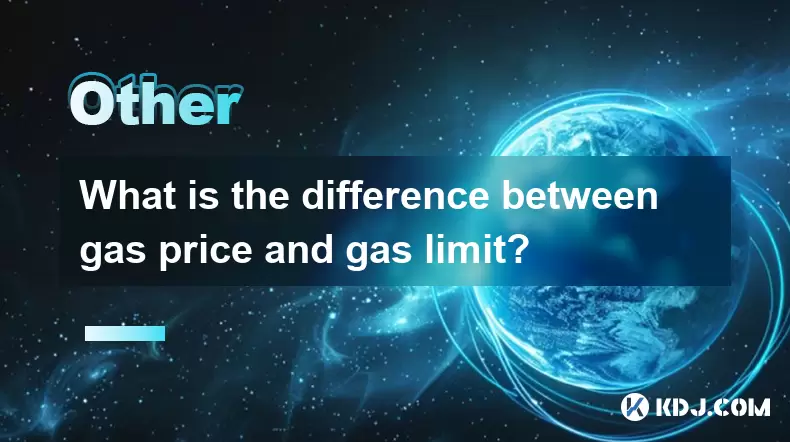
What is the difference between gas price and gas limit?
Aug 09,2025 at 08:42pm
Understanding Gas in Ethereum and EVM-Based NetworksIn blockchain networks that support smart contracts—particularly Ethereum and other EVM (Ethereum ...
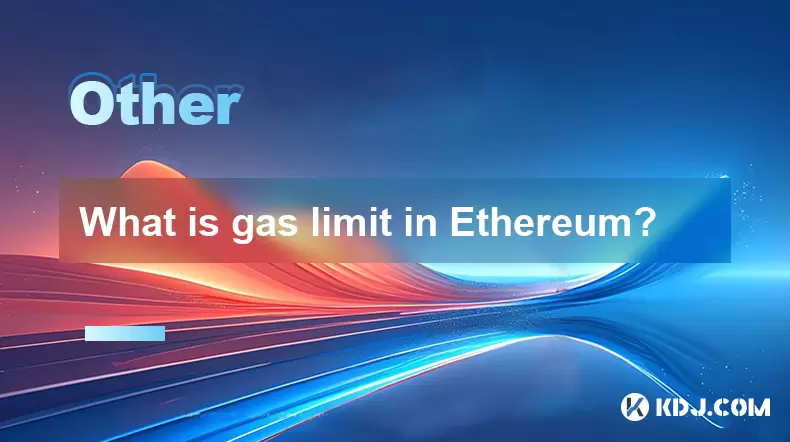
What is gas limit in Ethereum?
Aug 11,2025 at 04:29am
Understanding the Concept of Gas in EthereumIn the Ethereum network, gas is a unit that measures the computational effort required to execute operatio...

What is a "mempool"?
Aug 11,2025 at 02:49am
Understanding the Mempool in Cryptocurrency NetworksThe mempool, short for memory pool, is a critical component of blockchain networks like Bitcoin an...
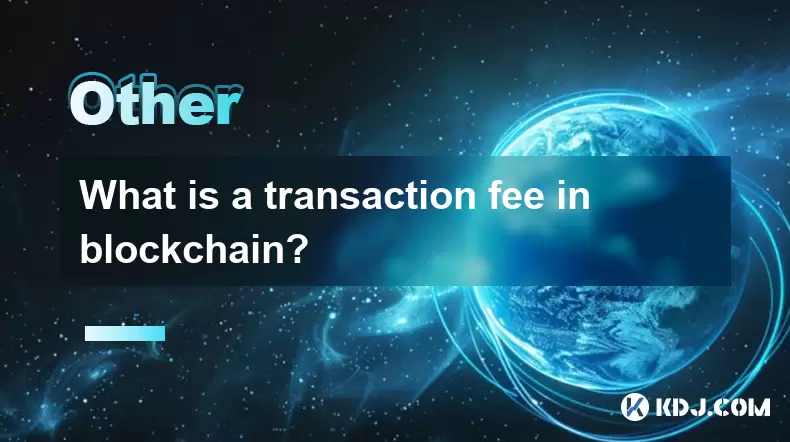
What is a transaction fee in blockchain?
Aug 08,2025 at 09:21pm
Understanding the Basics of Blockchain Transaction FeesA transaction fee in blockchain is a small amount of cryptocurrency paid by a user to process a...
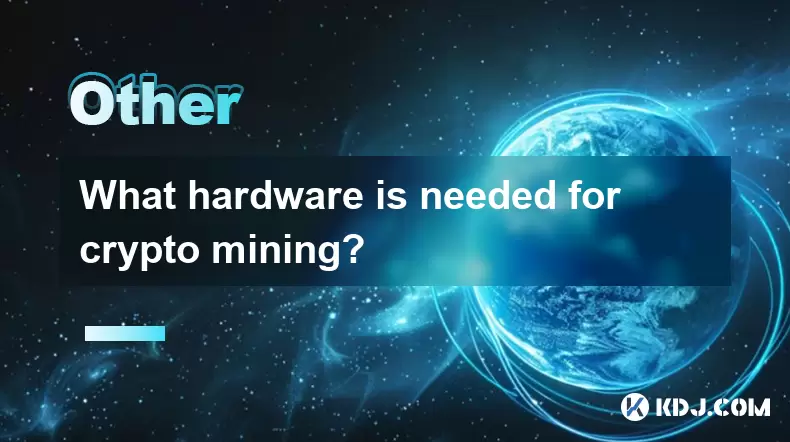
What hardware is needed for crypto mining?
Aug 10,2025 at 08:22pm
Understanding the Role of GPUs in Crypto MiningWhen discussing the hardware required for crypto mining, the Graphics Processing Unit (GPU) stands out ...

How can zero-knowledge proofs enhance privacy on a blockchain?
Aug 12,2025 at 02:15am
Understanding Zero-Knowledge Proofs in Blockchain ContextZero-knowledge proofs (ZKPs) are cryptographic protocols that allow one party (the prover) to...

What is the difference between gas price and gas limit?
Aug 09,2025 at 08:42pm
Understanding Gas in Ethereum and EVM-Based NetworksIn blockchain networks that support smart contracts—particularly Ethereum and other EVM (Ethereum ...

What is gas limit in Ethereum?
Aug 11,2025 at 04:29am
Understanding the Concept of Gas in EthereumIn the Ethereum network, gas is a unit that measures the computational effort required to execute operatio...

What is a "mempool"?
Aug 11,2025 at 02:49am
Understanding the Mempool in Cryptocurrency NetworksThe mempool, short for memory pool, is a critical component of blockchain networks like Bitcoin an...

What is a transaction fee in blockchain?
Aug 08,2025 at 09:21pm
Understanding the Basics of Blockchain Transaction FeesA transaction fee in blockchain is a small amount of cryptocurrency paid by a user to process a...

What hardware is needed for crypto mining?
Aug 10,2025 at 08:22pm
Understanding the Role of GPUs in Crypto MiningWhen discussing the hardware required for crypto mining, the Graphics Processing Unit (GPU) stands out ...
See all articles

























































































